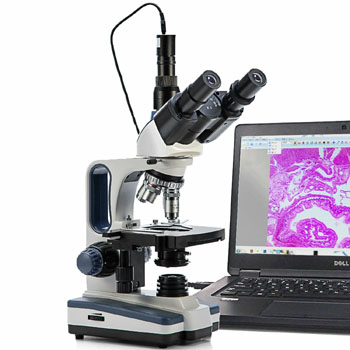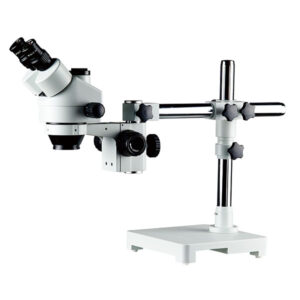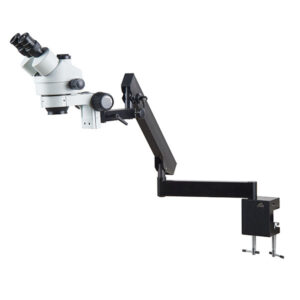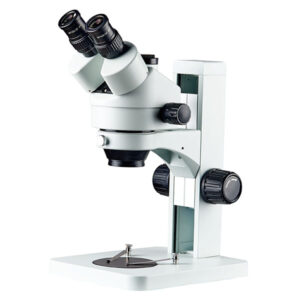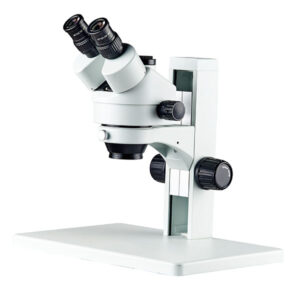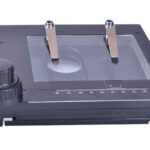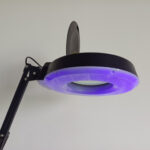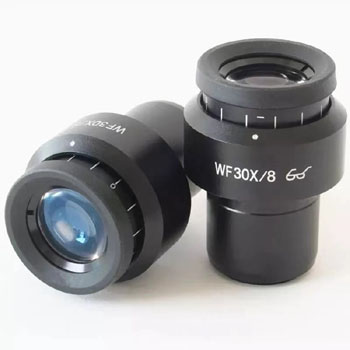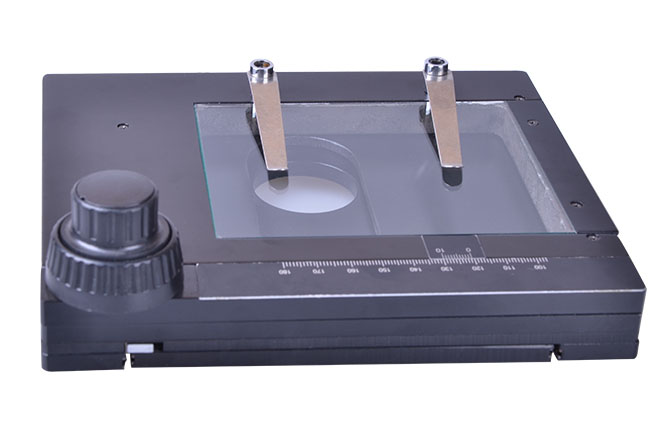what is trinocular microscopes
relating to or being a binocular microscope equipped with a lens for photographic recording during direct visual observation in simple words, 2 eyepiece plus 1 lens for photograph
A microscope produces an accurately enlarged image to allow the examiner to see things in a larger scale. It may or may not be capable of enough enlargement for the examiner to view cells.
Has an Extra Port for Camera
trinocular microscopes has extra space for attaching the camera. This camera helps to take pictures and videos of specimens during observation. So, it makes it possible to share digital prints.
categary mono/bino trinocular microscopes
There are different ways of categorizing microscopes: by their purpose, by their construction, and by how one observes the specimens.
In terms of viewing options, a microscope can be monocular, binocular, or trinocular, i.e., having one, two, or three eyepieces.
trinocular microscopes
microscope may have one of several purposes. One purpose is to allow a second viewer access to a specimen at the same time as the person who is mainly using the microscope.
This means that an instructor can, for example, look at what a student is seeing to answer a question or to check the accuracy of the student’s observations.
In addition, the instructor can invite a student to share his or her view of an interesting specimen or when modeling how to adjust the focus,
for example. This extends the instructional possibilities from the situation in which one person must not be viewing in order for the other person to have a view.
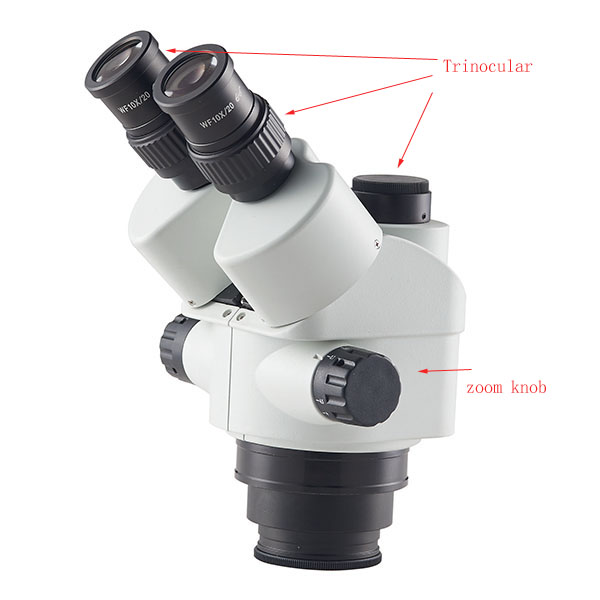
trinocular microscopes
Another purpose of a trinocular microscope is to allow the use of technology to either preserve the images seen through the microscope by recording them or projecting them. In the first case, a digital camera or video camera could be connected to the third eyepiece, which may actually be designed as a port with this specific purpose. If it is not, there are adapters for some microscopes that can adapt a trinocular eyepiece meant for human viewing to a camera. Projecting an image has several advantages including allowing prolonged study without having to stay bent over the microscope itself, sharing images with others who are present in the room, or even sharing the image through a videochat or other means.
trinocular microscopes essential parts
Stage Plate: This part is usually large enough because it holds the specimen ready for view.
Stereo Head: The stereo head of this microscope holds the eyepieces and prism. It also has extra space for camera attachment. The prism helps to rotate the image to the right side up for a dimensional view.
Stage Clips: This part works alongside the stage plate. It helps to firmly hold the specimen in place to ensure stability during observation.
Eyepieces and Lenses: These parts of the microscope helps to magnify specimens. It also serves to get different resolutions for images.
Focus Knob: The focus knob improves focus on images by raising or lowering the eyepieces. It is different from a binocular microscope, where focusing involves raising and lowering the stage.
Lighting Control: The lighting control parts of a microscope regulate the amount of light that interferes with the device.
About us / contact us.
Views: 6
